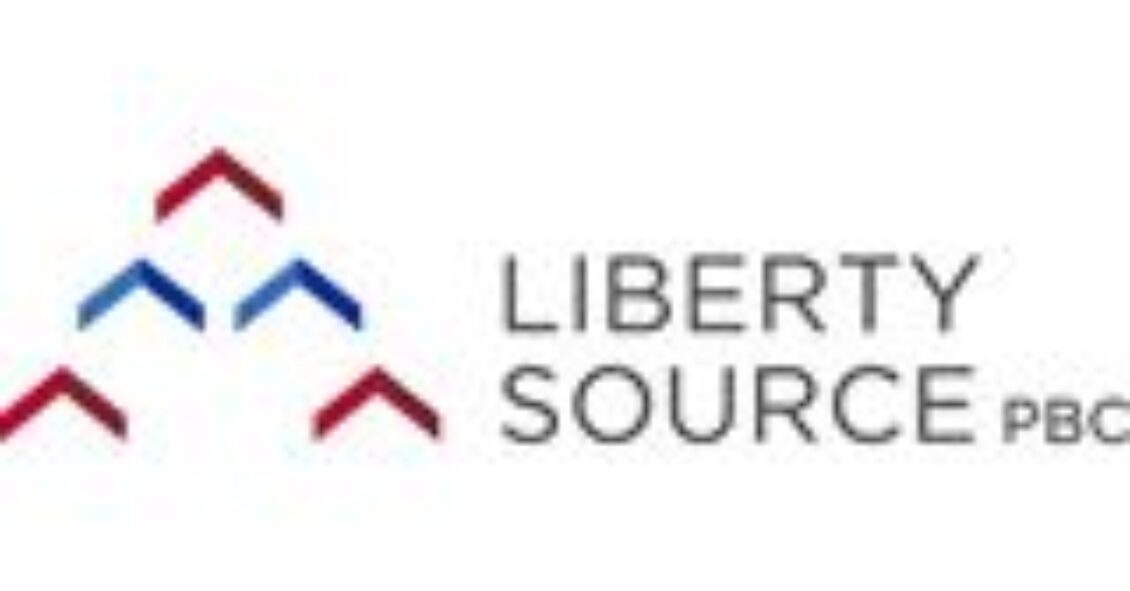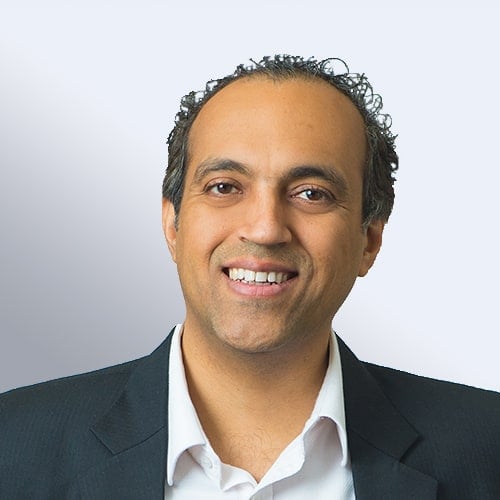
What if a service provider could build itself from scratch based on the learnings from the past two decades? Liberty Source, launched in 2013 as an impact sourcing provider, is trying to do just that in the highly competitive finance & accounting (F&A) outsourcing market. It has agreed to share its story with us as its business continues to scale.
Our first discussion with Steve Hosley, CEO of Liberty Source, provided an overview of their journey thus far. In this second discussion, we take a deep-dive on the talent model of Liberty Source.
Eric: What was the original vision for the talent model? How has that evolved over time and what are the reasons for the changes?
Steve: BPO has undergone an incredible industrialization over the past 20 years in offshore locations. Our original vision of the talent model for Liberty Source was to leverage this industrialization and build a human capital experience back into the forefront of BPO. The very first step in the creation of Liberty Source was to incorporate it as a Public Benefit Corporation (PBC) – which is a sustainable commercial for-profit enterprise that is also “hard-wired“ to operate with a social compass of hiring and providing career “on-ramps” focused on leveraging the talents of an underserved, but very capable U.S. military spouse population. The fact that we incorporated our company based on our human capital model speaks volumes to how we value talent at Liberty Source. Flexibility is key to our employees, so we allow our military spouses to take their Liberty Source jobs with them and work virtually when deployed to another base. This vision and foundation has not changed one bit although our journey has taught us a number of things.
We are now much more skilled and informed on how to work towards this vision. Key learnings include, when you elect to work with a member of the military, it is more about the community than it is about one type of individual in that community. We naturally have expanded our definition to now be the military community of spouses and veterans. We also learned that when engaging with our Liberty Source “shipmates,” the company must remain inclusive and accommodating to their larger family to include active service members.
We have seeded our values, operating principles and employee handbook with many military cultural norms that translate well into a commercial environment. These learnings all culminated at our one-year anniversary, when we hosted the Liberty Source Board of Directors for the first time on-site at our operations center. A formal Board meeting and dinner with speeches was not in the cards after all the hard work and dedication of our “shipmates” and sacrifices from their supportive families. We had to make this about the whole family, not just our shipmates. It was time to roll in the snow cone machine, bounce house, and bring in all their family members, including any active military that were home on leave. It was our time to be inclusive and celebrate the Liberty Source Family as a whole.
Eric: How are elements of the people model different than for traditional BPO?
Steve: The differences are not fundamental, but calibrated to our specific employee model. When you want to go beyond industrialization, you begin to ask your employees to “figure it out” and gain the confidence to ask questions. We find this is the only way to go “beyond the green” and past what is expected from us daily. So with this population you get folks who are constantly transplanted into new military communities around the world while their service member is at sea, in the Middle East or in some unknown location. If their car breaks down, or a new appliance arrives and is not installed, they figure it out. This is a population that has been accustomed to figuring things out for their families. We leverage this strong proven skill and move it to the workplace culture. Let’s first discuss our employment value proposition. There are four quadrants we look at when talking about the employee value proposition.
- Culture: The first is a sense of culture and a place to come home to. Our military families need a sense of place where they can continue to bond and contribute, so we build a family culture that creates a level of communication and comradery necessary to maintain the mission focus. Still today in many military circles, spouses are referred to as “and spouse” or even worse, “dependents.” At Liberty Source, the company and culture has been designed for the first time in a different sequence, “spouses and veterans.” This simple change in sequence and priority translates well to a strong and tight community at Liberty Source.
- Benefits: While we offer standard benefits to all of our employees, we found that our employees carrying existing military benefits desired the ability to supplement certain aspects of their existing coverage. We, in turn deployed an a la carte menu approach allowing everyone the flexibility to supplement their existing coverage and still tap a meaningful benefits program. Additional time off and flex time benefits, in support of specific military events such as PCS – Permanent Change of Station and Veterans Day, along with a flexible workplace, and other virtual work strategies add a richer layer to our offerings that you won’t find in a typical enterprise.
- Compensation: We look at our compensation programs as a total reward offering. We find ways to start them in at Liberty Source at the right place and salary even though the market, due to the impact of their frequent moves, may dictate a lower wage. We believe the career pathways to opportunity we offer are all part of our short term and longer term incentives when balanced with more flexible time off and supplemental benefits. In this way a larger need is still met in a rewarding total package.
- Development: The largest value we offer is our development track. Think of the impact to a résumé when you now have work experience at a Fortune 500 brand (our customers) and when you don’t have to drop your career every two to three years. Because our employees no longer have to make that choice, they build a continuous development program through on-the-job learning, networking, and course work supplemented with internal and external training.
Eric: So how do you go about integrating that into your recruiting?
Steve: Like any employer we accept applications from all qualified candidates and give everyone full consideration based on their knowledge, skills, and experiences. What we have found is the group we are here to help most, our military spouses, does not have the typical résumé that shows solid career progression in all cases. The nomenclature and terminology used is also more conducive to small markets than large ones. We have developed a keen eye and supporting science that looks closer at résumés where large employers would not take the time.
Because of the unconventional résumés, we have developed pre-employment screening systems that are based on 100s of candidates and performance data that help us identify the proper, personal hard-wiring to be successful at Liberty Source and within the specific position. We have seen the “fit rate” improve by 47% over the past year as our pre-screening tool became more informed on performance results. We believe that our current 50% employee referral rate for new hires coupled with the development of our talent acquisition science that has taken place over the past year and a half will position us well for scale.
Eric: Is there anything unique about your training programs?
Steve: We design our work to be done from anywhere so there is a stronger commitment to documenting the processes and procedures, virtualizing the training materials and supplementing with online and third party partners to execute training and development via a virtual or blended learning setting.
In our next of our discussion, we’ll ask Steve questions about the implications of this talent model once its members are on board, including the benefits and challenges of managing such a culture.










